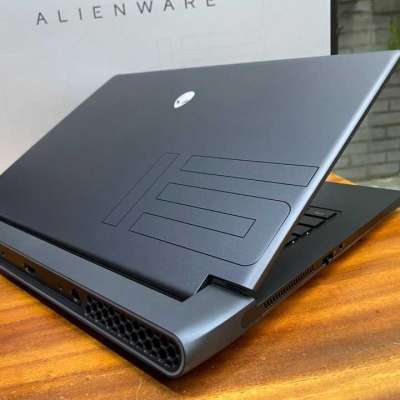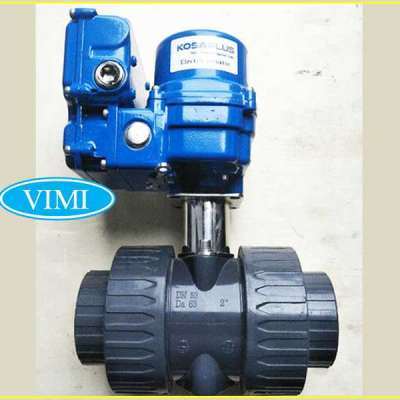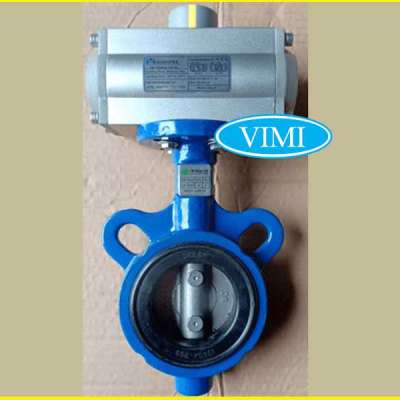Security Considerations for Wireless Conference Room AV
Introduction
As more organizations transition to hybrid or remote work models, wireless conferencing equipment has become ubiquitous in conference rooms. While wireless connectivity provides flexibility and convenience, it also introduces new security risks that must be addressed. This blog post will explore common security considerations for wireless conference room audiovisual (AV) setups and provide recommendations for protecting sensitive data and meetings.
Network Segmentation
One of the most important security practices for wireless conference room equipment is network segmentation. Confidential meeting content should never travel over the same network segment that handles general Internet traffic. At a minimum, conference room devices like wireless displays, speakers and cameras should be placed on a dedicated secure VLAN. This helps prevent unauthorized access to meeting audio and video streams from other parts of the network. For added protection, consider setting up an isolated wireless network just for conference room equipment. Disable any Internet connectivity on these segmented networks to close a major security risk vector.
Authentication and Access Control
Proper user authentication and access control policies are crucial when using wireless displays, speakers and other AV gear. Make sure strong passwords or credential requirements are enforced for joining wireless meetings or pairing mobile devices. Consider multifactor authentication as an added layer of security. Also ensure conference room equipment only allows connections from authorized clients by using MAC address filtering or a bring-your-own-device security model with registration. Disable any unnecessary networking protocols, services or open ports to minimize exposed surface area for hackers.
Encryption in Transit and at Rest
As sensitive meeting content travels over the air, it is critical to encrypt wireless transmission between devices. Look for equipment that supports the latest Wi-Fi security protocols including WPA2 or newer. For extra protection, use a VPN or other encryption tunnel for all wireless conference room communication. Any recorded or stored meeting content should also be encrypted both in transit and at rest. Disable features like wireless screen mirroring if strong encryption cannot be assured. physical security of equipment is also important - use locking mounts and secure rooms after hours.
Device Hardening and Patch Management
Just like any other networked devices, wireless meeting room gear requires ongoing security maintenance. Make sure equipment is running the latest firmware with all vulnerabilities patched. Consider features like signed firmware updates to prevent tampering. Disable or remove any unnecessary accounts, services, sample users and other out-of-box configurations. Change all default passwords and apply the principle of least privilege. Enable logging and integrate conference room AV systems into your central security and patch management processes.
Physical Security
While logical security controls are paramount for wireless networks, physical security should not be overlooked. Use locking mounts to prevent theft of expensive equipment and secure conference rooms when not in use. Consider disabling wireless connectivity altogether after hours if rooms cannot be adequately secured. Also be mindful of wireless signals radiating outside the physical meeting space - use directional antennas where possible and monitor signal strength at room boundaries.
Disposal and Data Destruction
Eventually wireless meeting room devices will need to be replaced, repaired or disposed of securely. Before sending out old equipment, be sure to remove or destroy any stored configuration, keys or meeting content using secure data destruction practices. This prevents sensitive data from being retrieved by third parties during the repair or disposal process. Apply the same precautions when reselling or reallocating used equipment as well.
Conclusion
As more meetings move to hybrid and remote formats, wireless conferencing capabilities have become essential for keeping teams connected. However, organizations must not overlook security when deploying this technology. By implementing network segmentation, strong authentication, encryption, device hardening practices and secure disposal - sensitive meeting content can be safely shared over the airwaves. Ongoing security maintenance and monitoring is also important to protect conference rooms over the long run. Following these best practices helps ensure productive collaboration without compromising confidentiality.
Read Related:- https://avsyncstudio.wordpress.....com/2024/01/22/step
Like
Comment
Share















